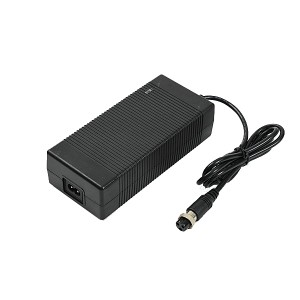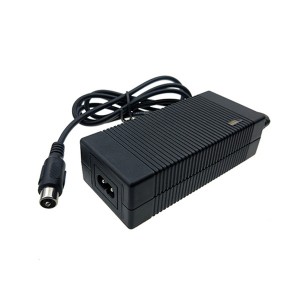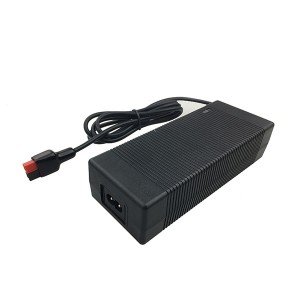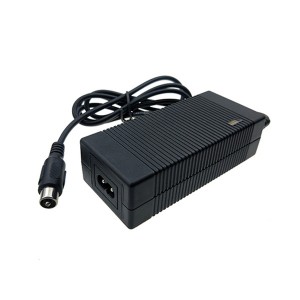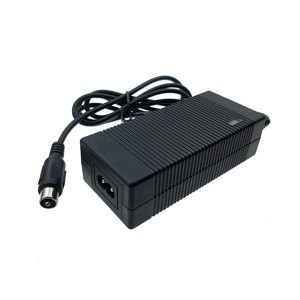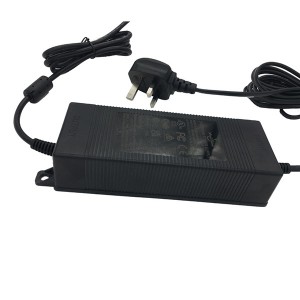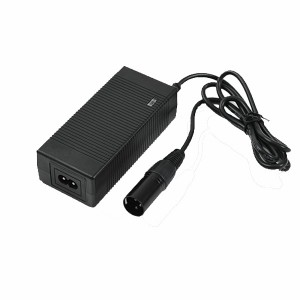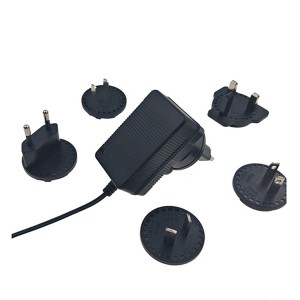When it comes to lead-acid battery chargers, the first application we think of is electric bicycles. In fact, the industry divides lead-acid batteries into four categories based on their structure and usage:
1. Used to start;
2. For power;
3. Fixed valve-controlled sealed type;
4. Small valve-controlled sealed type.
This method is mainly classified from the structural aspect, but it must also take into account the purpose. It is still difficult for non-battery practitioners to understand. If it is classified from the perspective of pure market application, it is easier to understand. According to this standard, lead-acid batteries are divided into two categories:
1. Main power sources, including: communication equipment, industrial instrumentation equipment, power control machine tools, and portable equipment;
2. Backup power supply, including: emergency equipment, communication base station, electronic switch system, solar energy system. This application classification has many intersections with the applications of lithium-ion batteries. From the perspective of market capacity, this intersection is mainly concentrated in power batteries, such as electric bicycles and small passenger cars. In the field of power batteries, there is mainly a dispute between these two technologies. Therefore, let’s compare the difference between lead-acid batteries and lithium batteries in this field. Otherwise, the reference is uncertain and the comparison is endless.
The root of all the differences between the two lies in the properties of the materials. The positive and negative materials of lead-acid batteries include lead oxide, metallic lead, and concentrated sulfuric acid; lithium-ion batteries are composed of four parts: positive electrode (lithium cobalt oxide/lithium manganese oxide/lithium iron phosphate/ternary), negative electrode graphite, diaphragm and electrolyte. . The main differences caused by this are:
1. The nominal voltage is different: single-cell lead-acid battery 2.0V, single-cell lithium battery 3.6V;
2. Different energy density: lead-acid battery 30WH/KG, lithium battery 110WH/KG;
3. The cycle life is different. Lead-acid batteries average 300-500 times, and lithium batteries reach more than a thousand times. From the perspective of the two mainstream technical routes of lithium-ion bicycles, the difference between ternary lithium batteries and lithium iron phosphate batteries is also relatively large. The discharge life of the ternary lithium battery is 1000 times, and the life of the lithium iron phosphate battery can reach 2000 times;
4. Charging method: Lithium battery adopts voltage-limiting and current-limiting method, that is, both current and voltage are given a limit threshold. Lead-acid batteries have more charging methods. The most important ones are: constant current charging method, constant current charging method, and constant current charging method. Voltage charging method, stage current charging method, and floating charging cannot be generalized.

